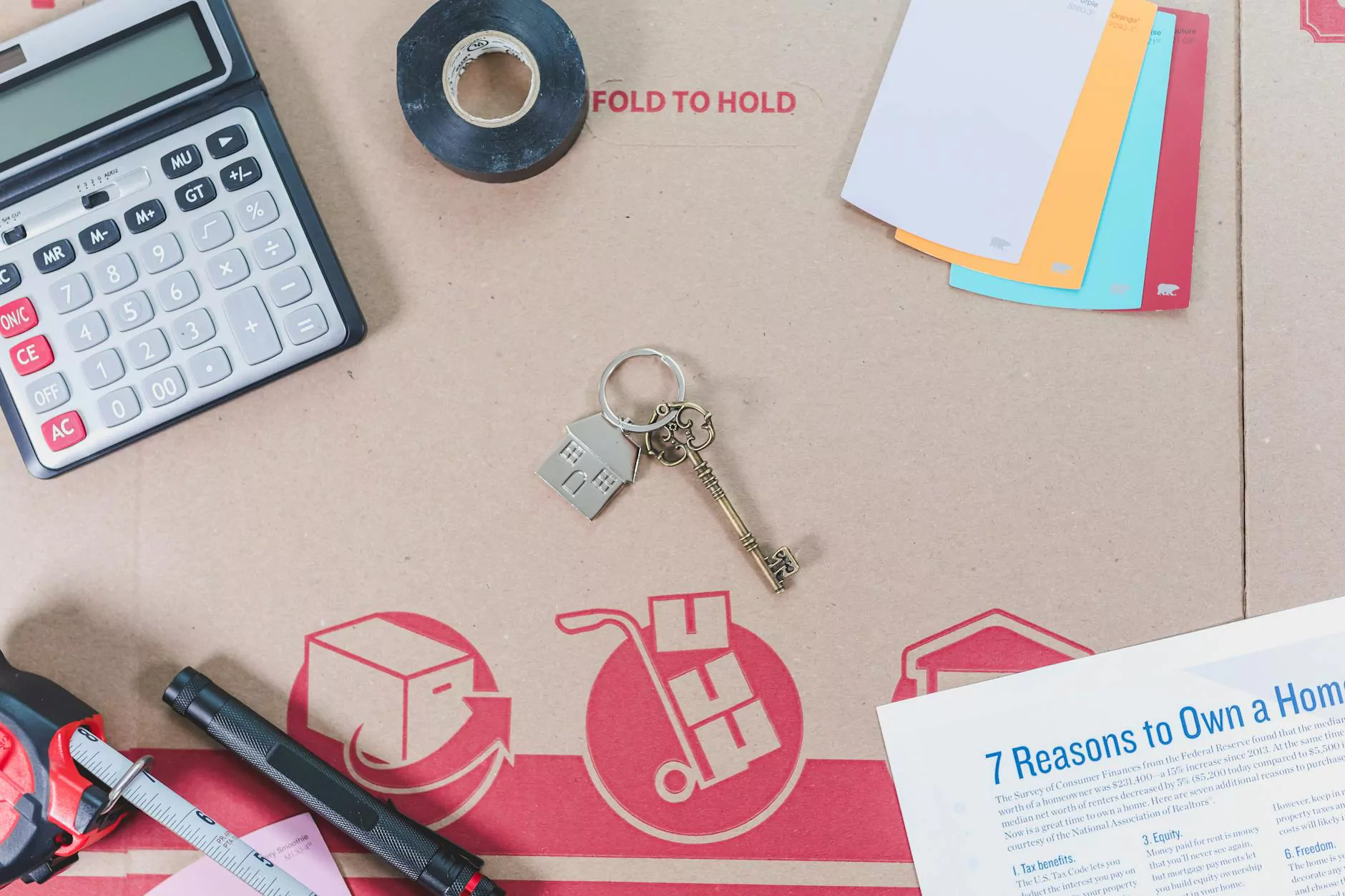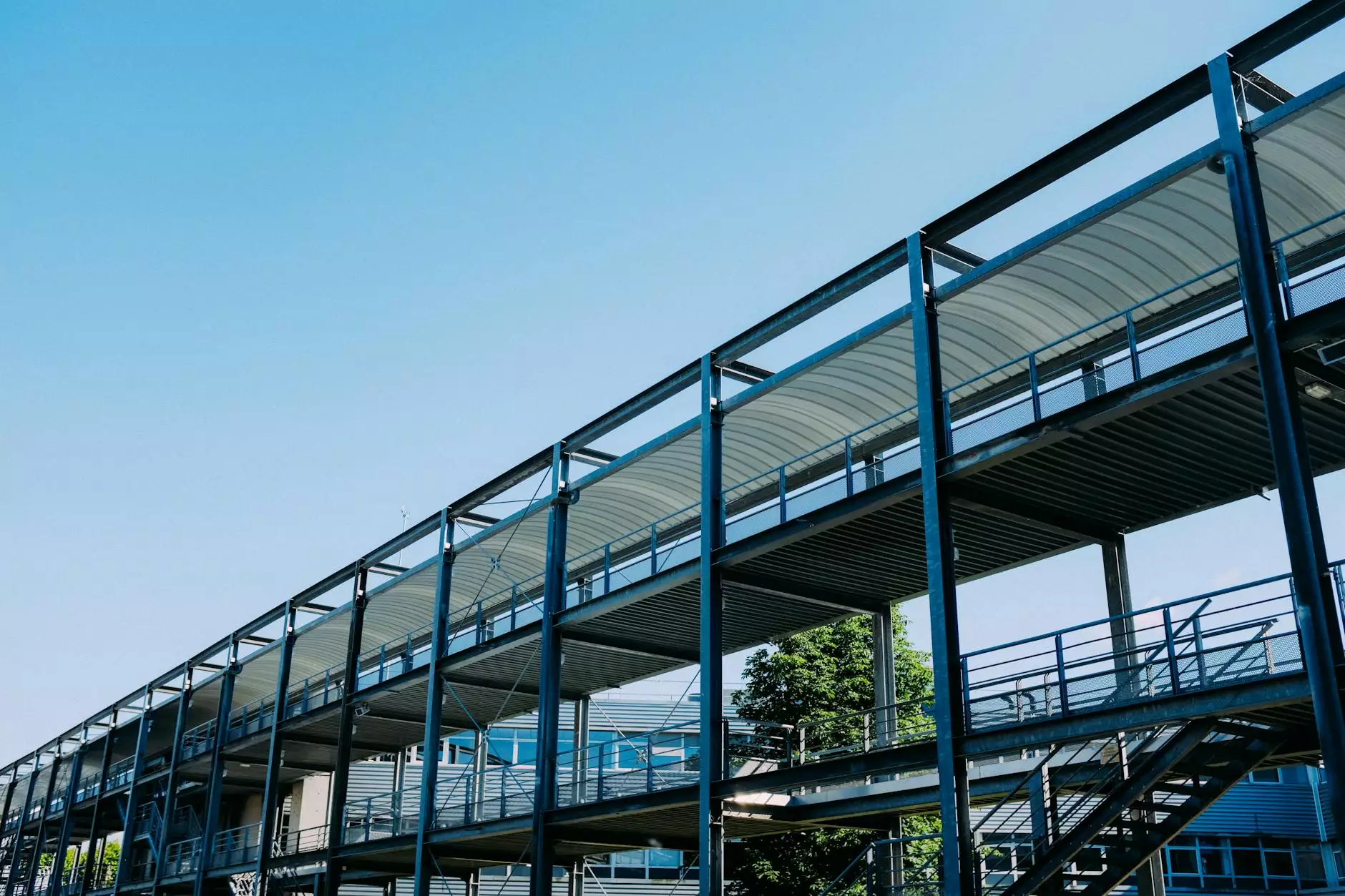The Role of Bounding Boxes in Computer Vision and Image Processing

Introduction
In the field of computer vision and image processing, the concept of bounding boxes plays a crucial role in spatially representing the location and extent of objects present within visual data, such as images or videos.
Understanding the Bounding Box
A bounding box is defined by a set of coordinates that define the top-left and bottom-right corners of a rectangular shape. This rectangular shape effectively encapsulates objects of interest, making them easier to detect, track, and analyze using computer vision applications.
The Importance of Bounding Boxes
Bounding boxes serve as a fundamental tool for various tasks within computer vision, including:
1. Object Detection
One of the primary applications of bounding boxes is object detection. By enclosing objects within a bounding box, algorithms can efficiently identify the presence and location of specific objects within an image or video frame. This has immense practical implications for numerous industries, ranging from surveillance and security to autonomous vehicles and industrial automation.
2. Object Recognition
Another compelling use case for bounding boxes is object recognition. By localizing objects of interest with bounding boxes, computer vision algorithms can accurately classify and categorize them. This allows for automatic identification of objects in images or videos, which is invaluable in areas such as product recognition, visual search, and content-based image retrieval.
3. Object Tracking
Bounding boxes are also instrumental in object tracking. By consistently updating the position and size of the bounding box as an object moves across frames, computer vision systems can robustly track the object's trajectory and monitor its behavior over time. This has countless applications, ranging from video surveillance and sports analysis to virtual reality and augmented reality.
4. Object Localization
Bounding boxes are crucial for object localization within images or videos. By accurately delineating objects through bounding boxes, computer vision algorithms can precisely determine their spatial location within the visual data. This enables precise mapping of objects onto real-world coordinates, facilitating applications such as robotic perception, augmented reality overlays, and area-specific analysis.
Benefits of Using Bounding Boxes
Employing bounding boxes in computer vision brings several benefits:
1. Improved Accuracy
Bounding boxes facilitate precise object localization and isolation, leading to enhanced detection, recognition, tracking, and localization accuracy. With well-defined spatial boundaries, the algorithms can focus their computations on the precise regions of interest, minimizing false positives and false negatives.
2. Computational Efficiency
By restricting the analysis to relevant regions defined by the bounding boxes, computer vision systems can significantly reduce computational costs. This efficiency allows for real-time processing, enabling swift decision-making and immediate feedback in applications that require quick response times.
3. Versatile Applications
The versatility of bounding boxes allows for a wide range of applications across industries. From autonomous driving and healthcare to agriculture and retail, bounding boxes provide a valuable framework for solving complex computer vision challenges and extracting meaningful insights from visual data.
4. Dataset Annotation
Bounding boxes are essential for annotating datasets used to train and validate computer vision algorithms. By correctly labeling objects with bounding boxes, researchers and developers can create comprehensive datasets that accurately represent the objects of interest. This annotated data is crucial for training machine learning models and improving the overall performance of computer vision systems.
Conclusion
Bounding boxes are a cornerstone of computer vision and image processing. Their ability to precisely define object boundaries significantly enhances object detection, recognition, tracking, and localization tasks. The benefits they offer, including improved accuracy, computational efficiency, versatile applications, and dataset annotation, make them indispensable in various industries. Embracing bounding boxes in computer vision applications propels businesses forward in their quest for innovative solutions and valuable insights derived from visual data.










